|
For many restaurants, tea is an afterthought. Diners are shown a wooden box and told to pick a colored tea bag packet from it. That doesn't happen here! For us, tea is a bit of a thing. And that is thanks to Chin Velasquez, our local herbalist and owner of Soothing Herbals Apothecary. For the past twenty years, Chin has studied and practiced Western herbalism, integrative Ayurvedic herbalism, clinical herbalism, and organic gardening. She grows many of the plants she uses and, in fact, has an established United Plant Savers botanical sanctuary at her home in Goshen. All of our teas come from her, and the offerings change with the seasons...or sometimes just for the heck of it. The herbal teas are Chin's special mixes. At the moment we have five of them: Red Hen Blend, Soothing Chai, Winter Warmth, Lemon Lift, and Digestive Blend. By far the most popular is the Red Hen Blend. It's our signature tea, created especially for us (although if you go to Chin's shop, she will make it for you, too). The Red Hen Blend has a lot of reddish ingredients (because we are The Red Hen) and a tangy, zippy flavor. It is also a beautiful tea and very good for you. But how exactly does an herbalist approach tea-making? We asked Chin to walk us through the creation of the Red Hen Blend.
0 Comments
Your comment will be posted after it is approved.
Leave a Reply. |
CategoriesArchives
March 2016
|
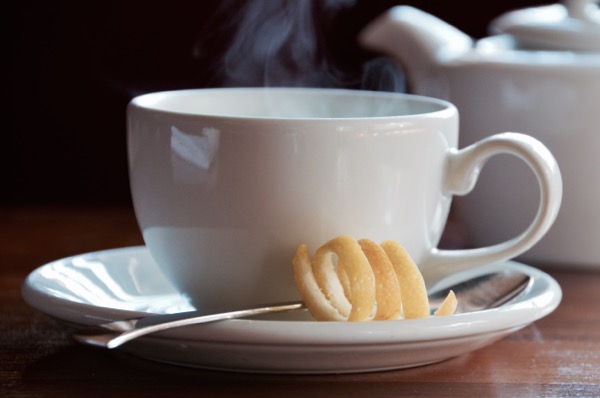
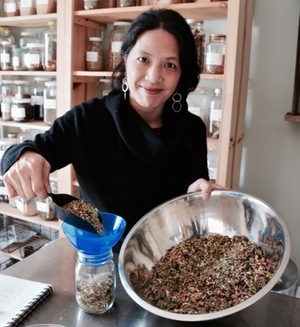
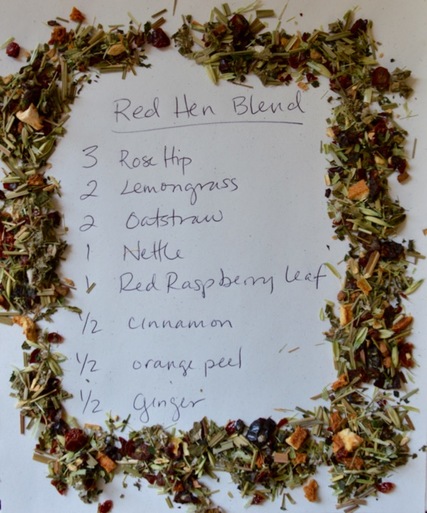
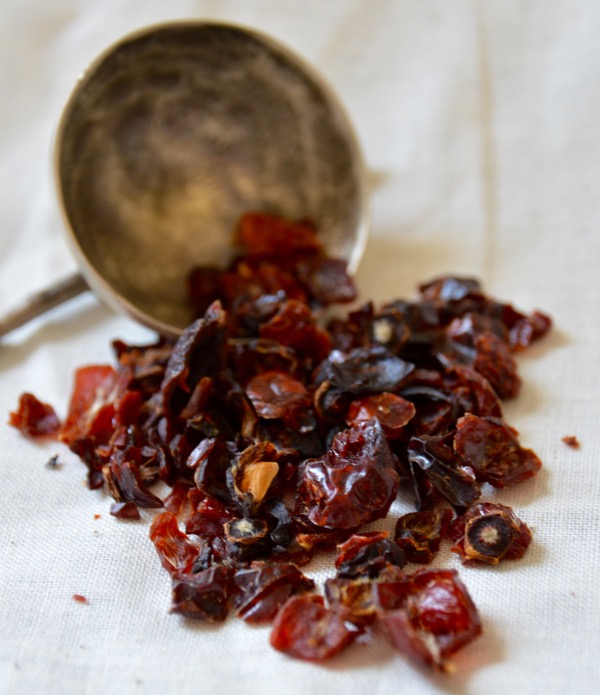
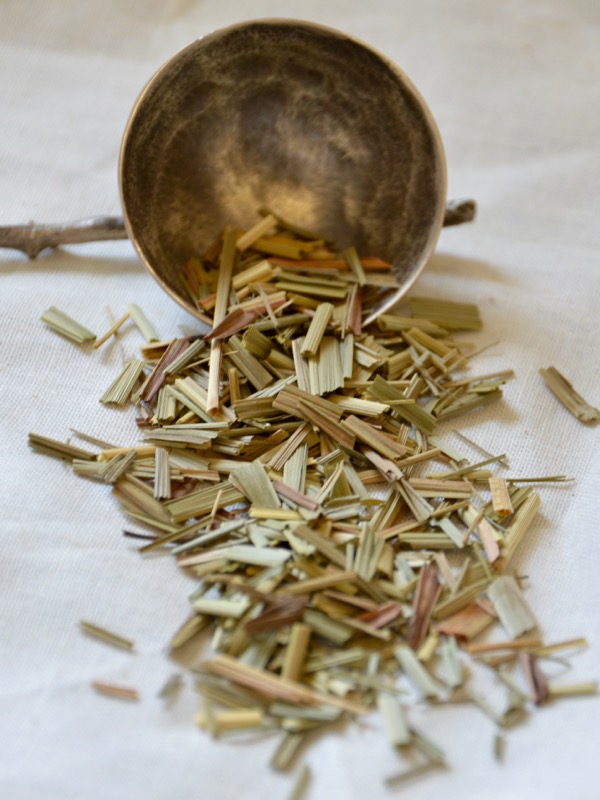
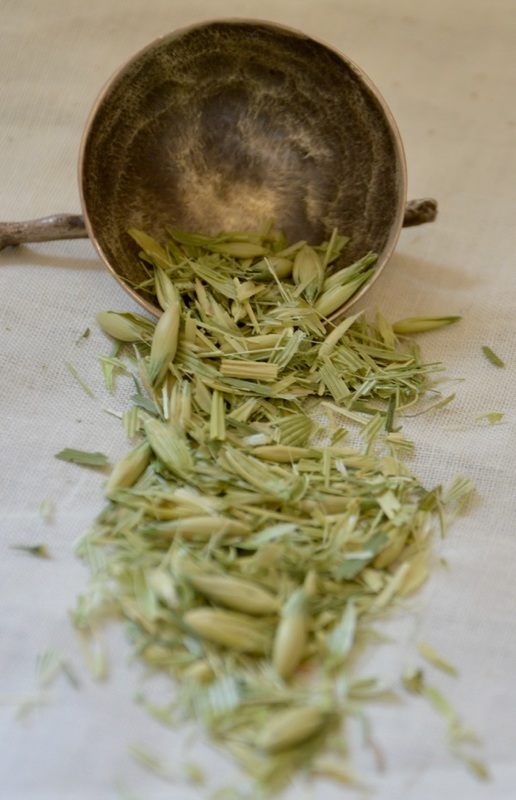
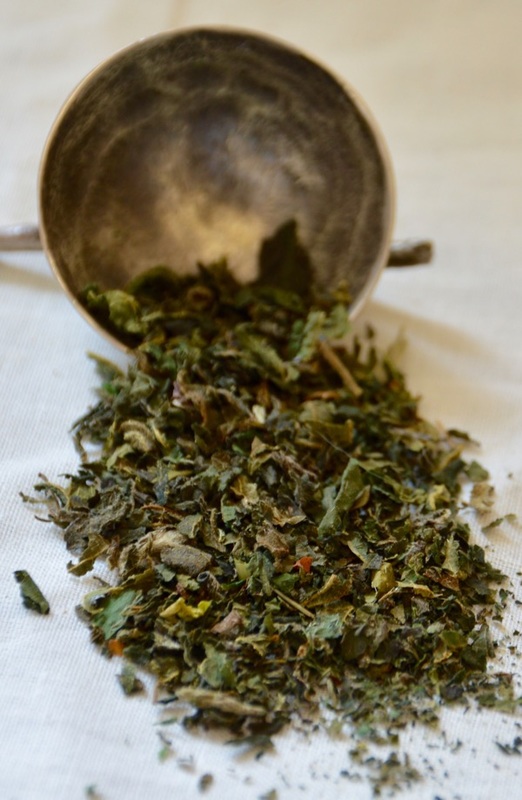
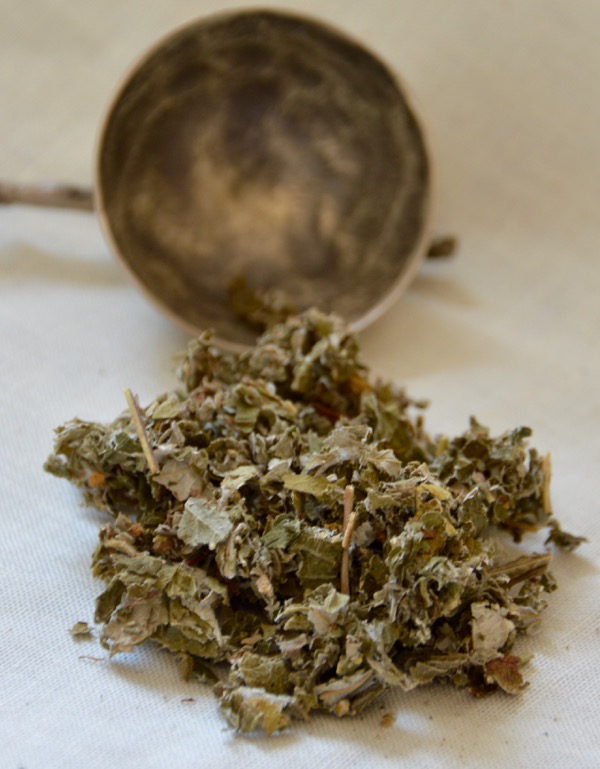
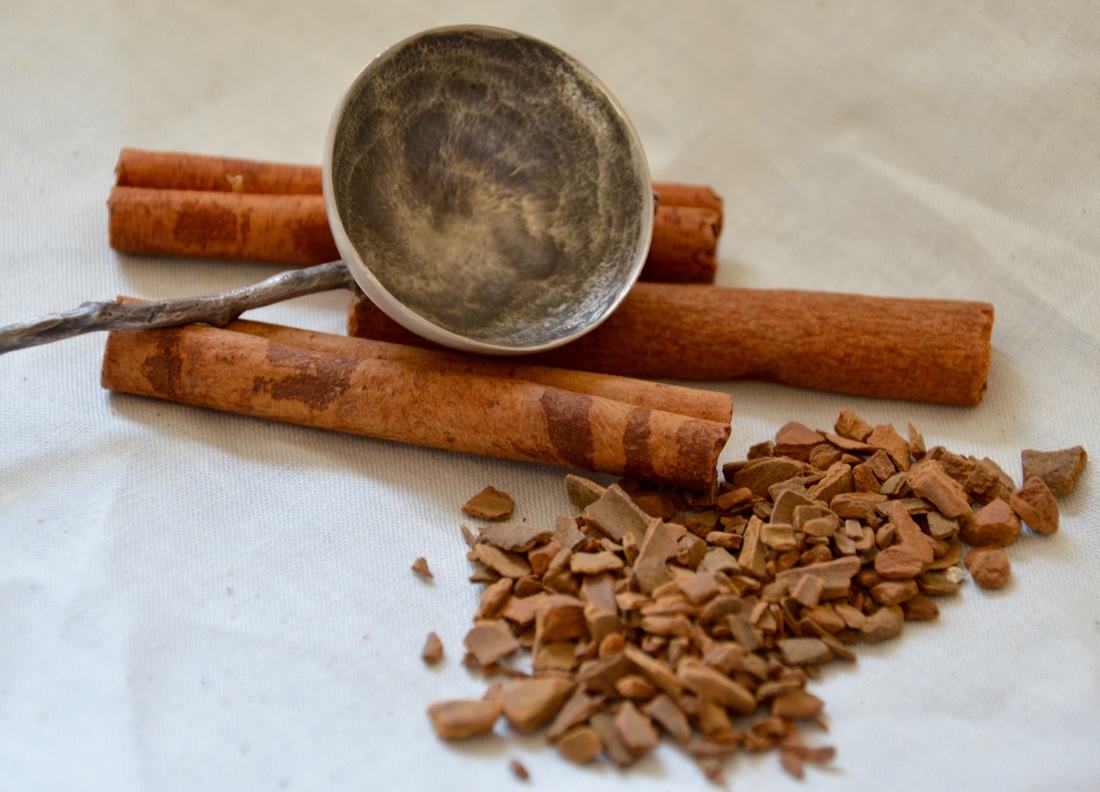
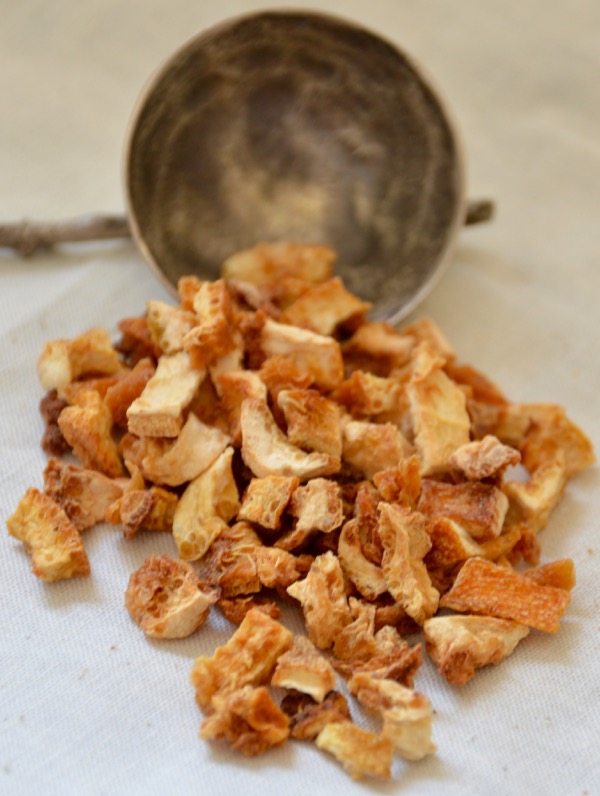
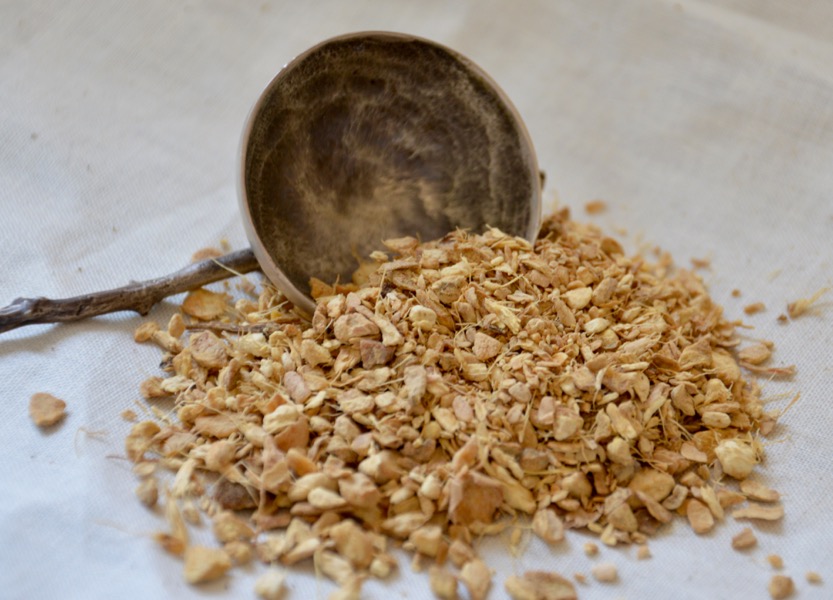
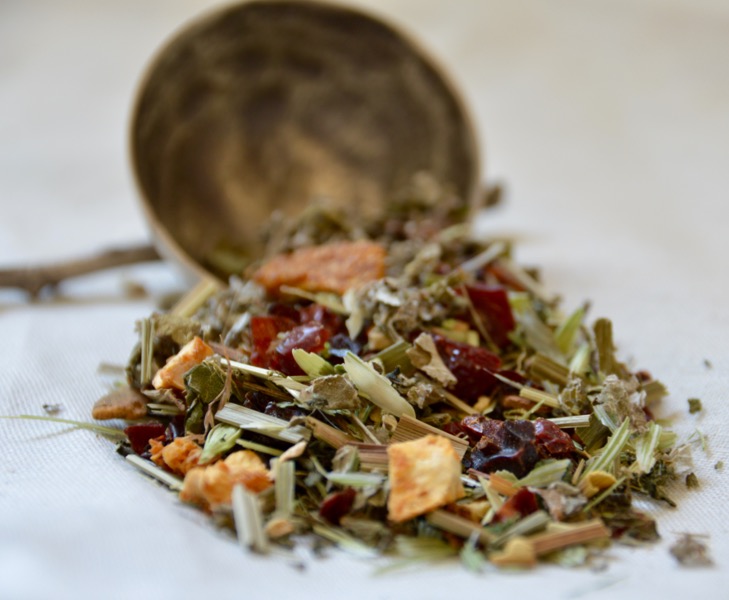

 RSS Feed
RSS Feed
